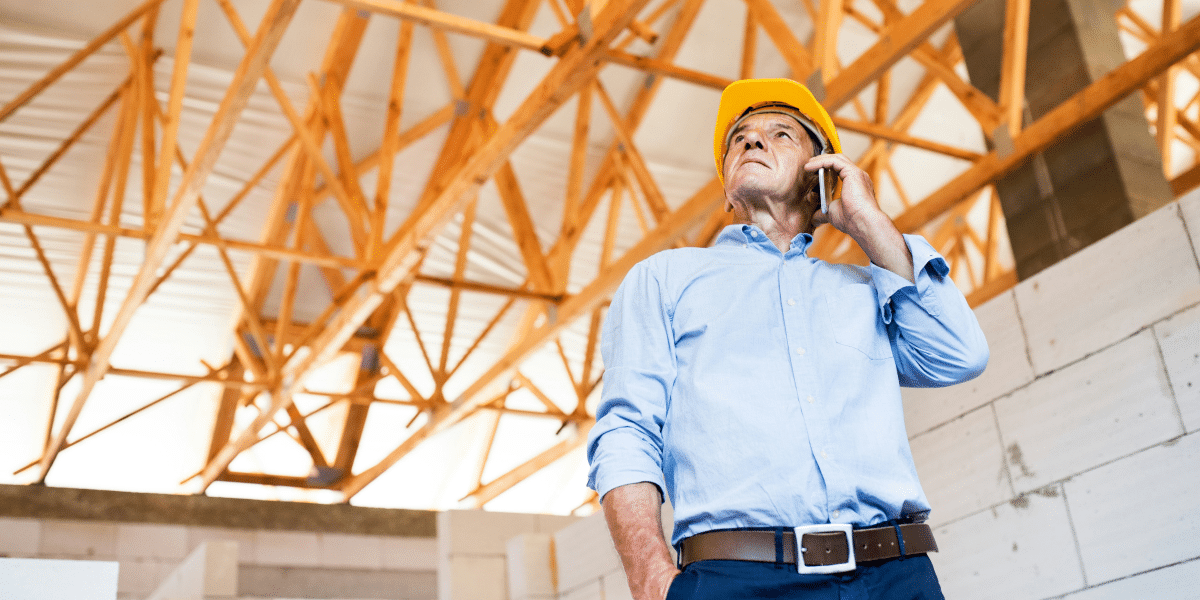As our population ages, the need for thoughtful and inclusive community planning becomes increasingly apparent. Community design encompasses the physical layout, amenities, and social infrastructure that shape the lived experiences of seniors in residential settings.
By exploring the profound influence that well-designed communities can have on the well-being and happiness of older adults, we begin to understand the unique needs and challenges faced by seniors, delving into the principles and strategies that can enhance their quality of life. Examining the intersection of architecture, urban planning, and social dynamics, the key components of senior-friendly environments that promote independence, engagement, and fulfillment are revealed.
Understanding Senior Happiness
Senior happiness is much more than mere satisfaction of basic needs. While elements like access to healthcare, safety, and financial security are essential, true happiness for seniors extends beyond these fundamentals. Factors such as social connections, a sense of belonging, and opportunities for meaningful engagement play pivotal roles in shaping their well-being.
For seniors, happiness often derives from the quality and depth of their social interactions. Maintaining connections with friends, family, and the broader community fosters a sense of belonging and emotional support. These relationships provide avenues for companionship, shared experiences, and mutual assistance, all of which contribute to a fulfilling life in later years.
Additionally, opportunities for continued personal growth and contribution to society are crucial for senior happiness. Whether through volunteer work, educational pursuits, or creative endeavors, seniors derive satisfaction from activities that allow them to remain active, relevant, and connected to their passions.
By understanding the dynamic components of senior happiness, communities can tailor their design and services to better meet the holistic needs of older adults, ultimately enhancing their overall well-being and quality of life.

Elements of Senior-Friendly Community Design
Creating a senior-friendly community involves careful consideration of various elements to ensure accessibility, safety, and opportunities for social engagement. Accessibility and mobility considerations are paramount, encompassing features such as wheelchair ramps, wide pathways, and elevators to facilitate ease of movement for seniors with mobility challenges.
Integrating green spaces and recreational facilities into community design promotes physical activity, mental well-being, and social interaction among seniors. These spaces offer opportunities for leisurely walks, gardening, and group activities, fostering a sense of connection with nature and fellow residents.
Social hubs and communal areas serve as focal points for community interaction, providing spaces for gatherings, events, and shared experiences. Whether it’s a community center, library, or designated meeting spots, these areas encourage socialization and support networks among seniors.
Safety and security measures are integral to senior-friendly community design, encompassing features such as well-lit pathways, emergency call systems, and surveillance cameras. Ensuring a sense of safety and peace of mind allows seniors to fully engage in community life without concerns about personal security.
By incorporating these elements into community planning and development, senior-friendly environments can promote independence, social connectedness, and overall well-being among older adults.
Innovative Features in Senior Community Design
Innovative community design for seniors increasingly focuses on sustainable practices and the integration of advanced technology. Utilizing eco-friendly materials and energy-efficient systems significantly enhances the living environments of seniors.
These sustainable practices not only improve air quality and reduce energy consumption but also help create serene and comfortable settings that promote overall well-being. For instance, the use of non-toxic building materials and solar panels can contribute to a healthier and more sustainable community space.
“Technology plays a crucial role in enhancing the accessibility and connectivity of senior living spaces,” says the founder of Distinctive Healthcare, Joseph Jedlowski. “Smart home technologies, such as automated lighting systems, voice-activated devices, and advanced security systems, ensure that seniors can live independently while remaining safe.”
Additionally, digital platforms and social media tools are being employed to foster greater social engagement, allowing residents to maintain connections with their community and loved ones, thus combating social isolation. These technological integrations are pivotal in creating communities that support both the physical and social aspects of senior living.
Challenges in Implementing Senior-Friendly Community Designs
Implementing senior-friendly community designs presents several challenges that architects and urban planners must navigate. One of the primary obstacles is the integration of accessible features into existing infrastructures, which often requires significant modifications. Retrofitting buildings with elevators, wider doorways, and ramps can be costly and complex, particularly in older structures not originally designed with accessibility in mind.
Financial constraints also play a critical role in shaping the feasibility of these projects. Developing new communities that adhere to senior-friendly principles often involves higher initial investments in specialized facilities and technologies. Additionally, regulatory hurdles can impede progress, as zoning laws and building codes may not always align with the innovative approaches needed for senior-friendly designs.
Navigating these financial and regulatory landscapes requires a coordinated effort among developers, government agencies, and community stakeholders to foster environments that cater effectively to the aging population.
The Future of Community Design Trends
The impact of community design on senior happiness holds profound implications for the future of aging populations worldwide. Policymakers, urban planners, and architects must prioritize the integration of senior-friendly design principles into their planning processes. In doing so, we not only enhance the quality of life for older adults but also create more inclusive and resilient communities for all members of society. The potential benefits are manifold, ranging from improved health outcomes and greater social cohesion to enhanced economic productivity and reduced healthcare costs. Looking ahead, it is imperative that we continue to innovate and refine our approaches to community design, taking into account the evolving needs and preferences of aging populations.
Embracing a proactive stance towards age-friendly environments not only enriches the lives of seniors but also fosters a more equitable and sustainable society for generations to come. The future of community design lies in our collective commitment to creating environments that support the dignity, independence, and happiness of seniors. Let us seize this opportunity to shape a brighter future for all.
Published by: Khy Talara





